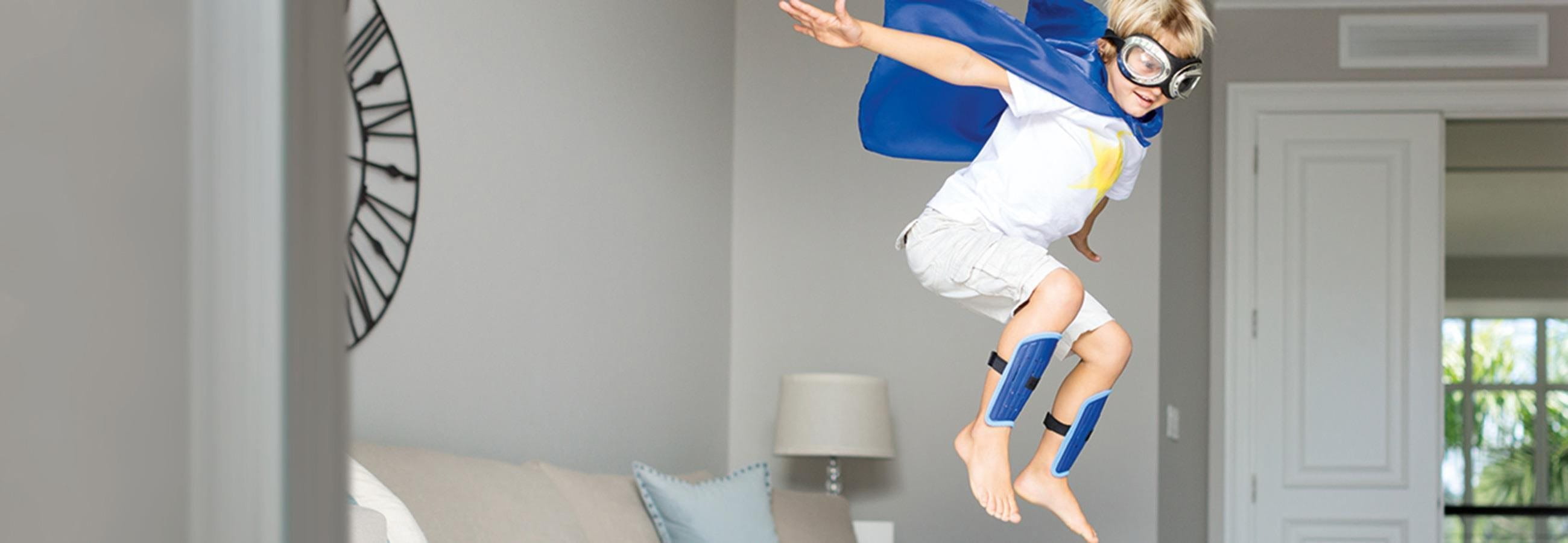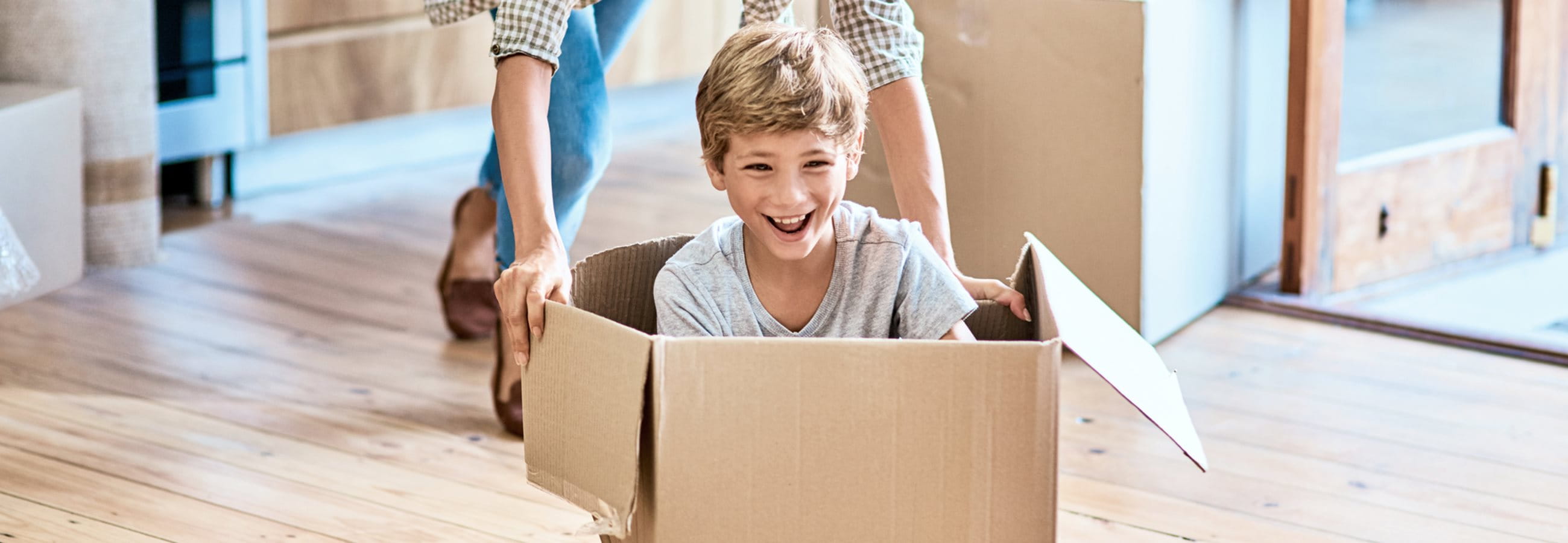Everywhere where life plays out, it leaves its mark
Everyday life leaves traces behind – sometimes in the home: the perfume bottle slips out of your hands and leaves a crack in the sink. Over time, the parquet flooring acquires one or two scratches. A masterpiece from your little artist decorates the entire wall of the children's bedroom.
For tenants, the question quickly becomes: who must pay the repair costs? The answer to this question of liability depends on the distinction between normal wear and tear and genuine damage.
Wear and tear or damage?
The maintenance costs for normal wear and tear are already covered by the rent you pay for the house or apartment and are the responsibility of the landlord. However, if damage is caused as a result of improper conduct, you as the tenant must bear the costs – irrespective of whether you, a family member in the same household, a guest or even your pet has caused the damage.
It can be hard to distinguish between the two categories in certain cases, and it can even result in a dispute with your landlord. A simple rule of thumb can help you make the distinction: normal wear and tear occurs in the course of the natural life span of an object, while tenant damage comes as the result of improper conduct. The following scenarios illustrate the difference.
Examples of regular wear and tear:
- The paint on the walls gradually begins to fade after several years of exposure to the sun.
- After a few years, the parquet flooring shows micro-scratches and develops a patina.
Examples of tenant damage:
- You accidentally spill a bottle of wine. The stain remains clearly visible on the light parquet flooring in spite of the fact that you wiped up the spill straight away.
- A flower pot falls out of your hand and damages the window sill.
Are you unsure or unable to reach an agreement with the landlord? If in doubt, consult one of our experts. They will provide an objective assessment of the facts.
Liability insurance provides optimal protection
Fortunately, tenant's liability insurance will cover sudden, unintentional damage. This cover is already contained within your personal liability insurance. Everyone who lives under your roof is automatically covered when you choose family insurance cover. Liability insurance takes care of the cost of repairs or the replacement of damaged items in your home, for which you as tenant are liable. In this way, you are protected from the financial impacts of unfortunate accidents.
Good to know: liability insurance also covers damage that occurs in your neighbor's home, as a result of flooding your bathroom, for example.
Types of damage which are not covered
There are however a few exceptions which are not covered by the insurance: Damage that occurs gradually over time is not insured. This applies, for example, to discoloration of the wall as a result of smoking or the build up of mold due to insufficient ventilation.
You are also responsible for deliberate changes: if, for example, you have installed a cat flap or have painted a wall in a different color. If the landlord requests that you reverse the changes and restore the property to its original condition when moving out, you must pay the associated costs yourself.
Life span at a glance
As tenant, you are only liable for the "residual value" of an item. This applies even when the insurance covers the costs of repair. The landlord can therefore only hold you liable for the value the item had immediately before the damage occurred. The calculation is based on the average life span of an object.
A simple example calculation: The induction stove in your home is 10 years old when it gets broken. With an average lifespan of 15 years, you must pay one-third of the cost of replacing the stove. The remaining amount is born by the landlord.
Average life span of various objects at a glance
- Carpets, laminate, veneered parquet flooring: 8–10 years
- Ceramic and porcelain tiles: 40 years
- Paint and wallpaper: 5–10 years
- Windows: 20–30 years
- Doors: 30–50 years
- Kitchen equipment: 10–20 years
- Plumbing: 20–30 years
- Washing machines and dryers: 15 years
The joint life span table, that has been drawn up by the Swiss Homeowners' and Tenants' Associations helps to precisely calculate the residual value of an object.
Procedure in the event of a claim
Act quickly and prudently to avoid unnecessary discussions and ensure a prompt claim settlement.
- Inform the building management: Never place an order for repair work without authorization. Instead, contact your building management as quickly as possible about the incident.
- Document everything precisely: Record everything in detail. Photograph the damage from various angles and record all relevant information.
- Report the incident to your insurance company: Submit all necessary information and documents. Report damage.
- Organize the repair: Agree suitable repair measures with your landlord. Most building management companies have their own repair processes and service suppliers.
- Communicate transparently: Keep your landlord and insurance company informed about the progress of the repairs.
Always helpful: A signed inspection checklist
To avoid unnecessary discussions: Document the condition of your rented apartment as soon as you move in. The inspection checklist records any existing damage and defects and is signed by the landlord and the tenant. When moving out, this provides you with a solid basis for clarifying whether new damage has occurred or existing damage has deteriorated further. This way, you ensure that all parties involved are on the same page.
Are you about to move out? Our tips for a trouble-free apartment handover.






